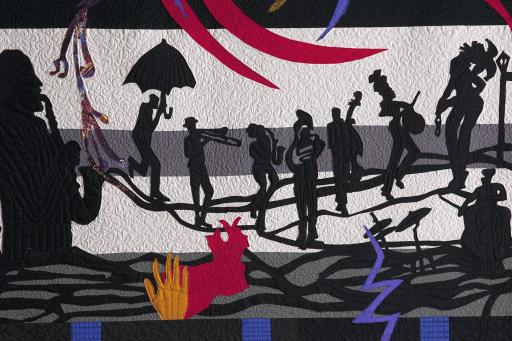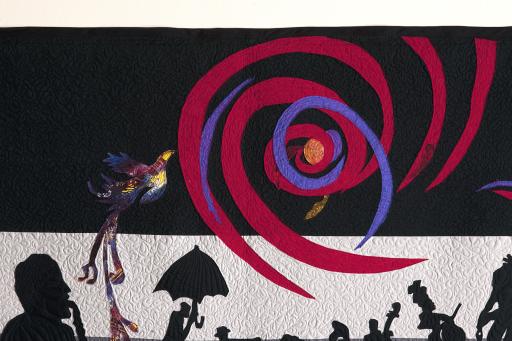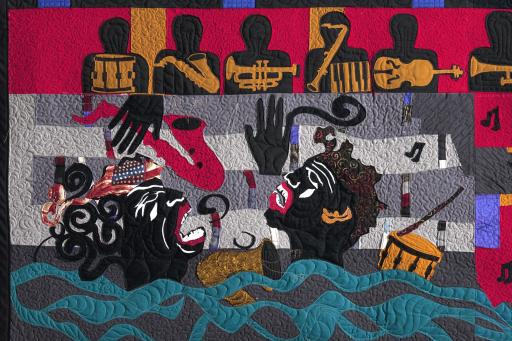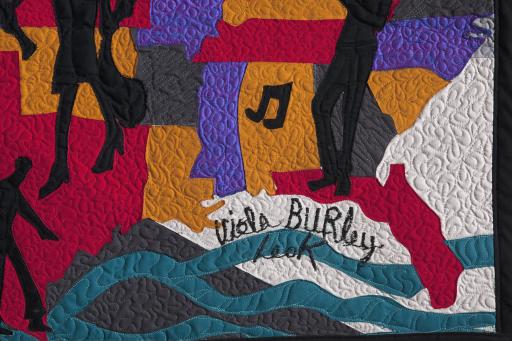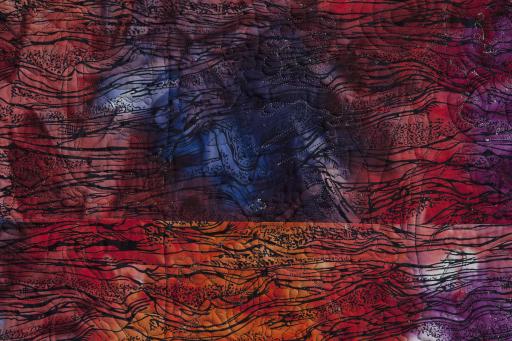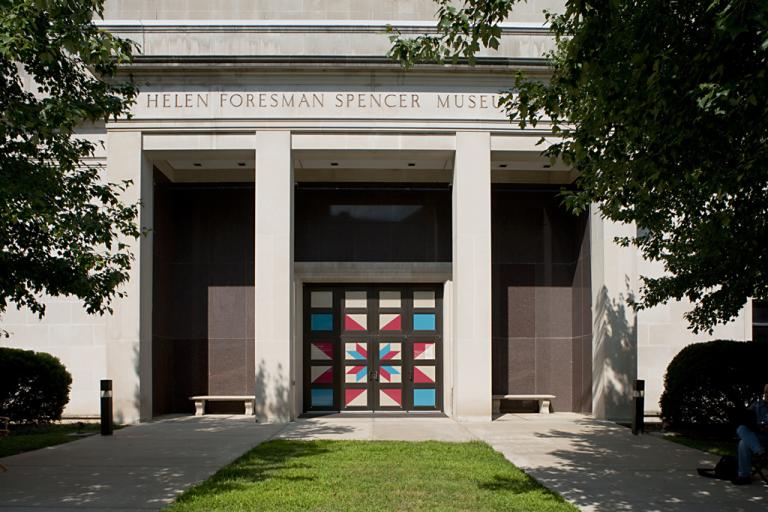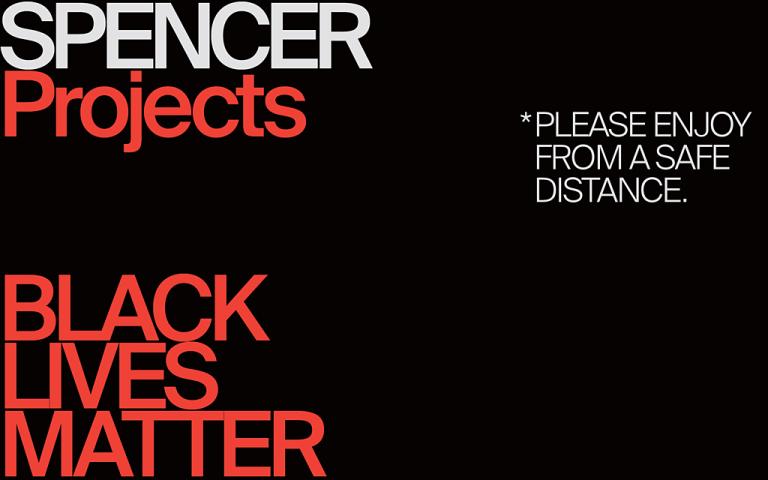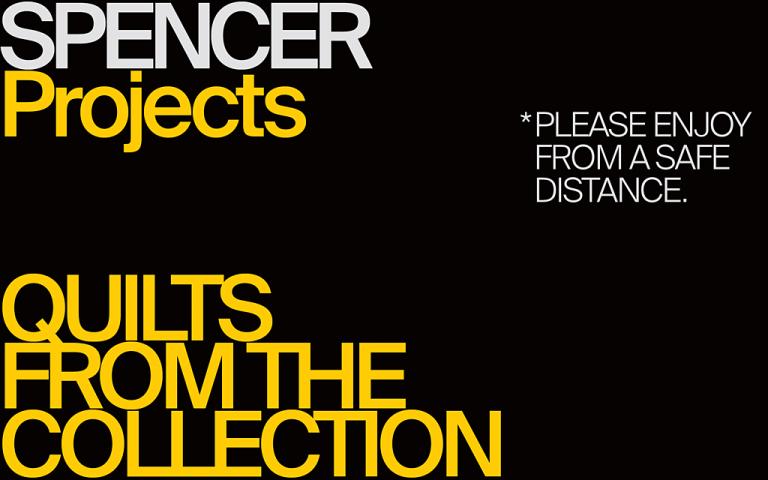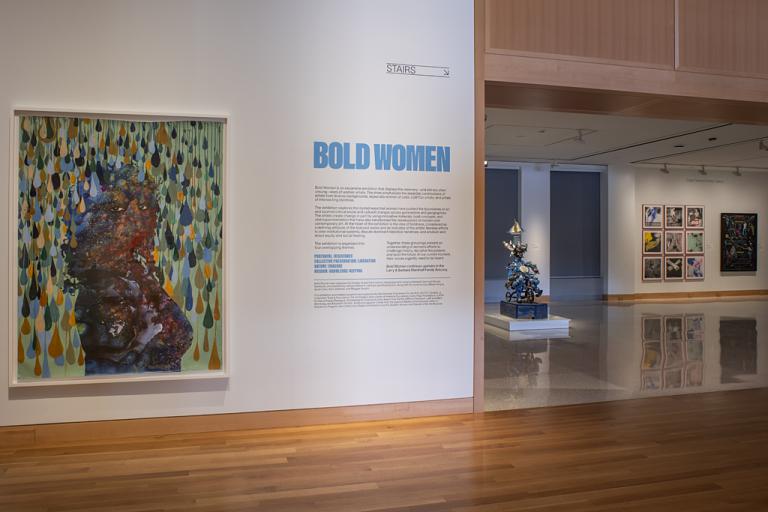Jazz Storm quilt, Viola Burley Leak
Artwork Overview
Viola Burley Leak, artist
born 1944
Jazz Storm quilt,
2006
Where object was made: United States
Material/technique: fabric; appliqué; piecing; quilting
Credit line: Museum purchase: Peter T. Bohan Art Acquisition Fund
Accession number: 2008.0323
Not on display
If you wish to reproduce this image, please submit an image request

